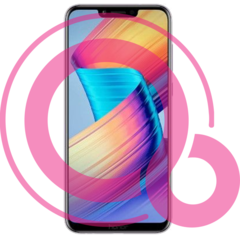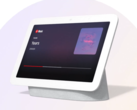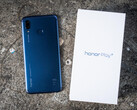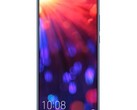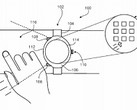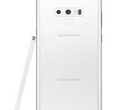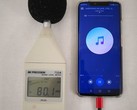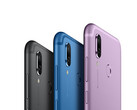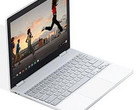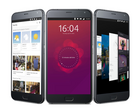We’ve previously reported on Fuchsia OS, a new Google-bred operating system that aims to unify the company's growing world of “smart” devices. While we’ve only seen demonstrations of the OS on a few select Google devices, it looks like Google has partnered with Huawei to bring Fuchsia OS to the mobile world, starting with the Honor Play.
A new public commit by a Huawei engineer to Fuchsia’s Gerrit source code management last night showed that Huawei has been working on bringing Fuchsia support to Kirin 970-based devices, and the Honor Play has the honor of being first. The commit stated that the engineer successfully booted the Fuchsia kernel (Zircon) on the device, taking the first step in getting the entire OS running on the handset.
This first step is a big one for the open-source OS. First (and perhaps most importantly), this is the first time we’ve seen Fuchsia OS booting on a widely available Android device. It also shows Huawei has a commitment to the project and will likely continue to work on its development.
Keep in mind that the engineer only noted that they were able to boot Zircon on the Honor Play. There was no other mention of any other layer of the Fuchsia stack in the commit, so this test likely didn’t include running a full instance of Fuchsia. Still, the fact that Huawei is actively pursuing Fuchsia development for a consumer-level smartphone shows a lot of promise for the future of the OS. If the Honor Play can successfully boot and run the entire Fuchsia stack, then it’s likely other handsets powered by the Kirin 970 could as well. That means many of Huawei’s most popular handsets may soon be able to boot Fuchsia, including the Mate 10, P20, P20 Pro, and Honor 10.
What this commit says about the future of Android is still unclear at this point. It’s very possible that Fuchsia could replace Android in the future, as Google seems to hope. It’s also possible that Fuchsia could become a third player in a market dominated by Android and iOS. Whether or not Fuchsia will be able to do what operating systems like Windows Phone, Tizen, and Ubuntu Touch couldn’t remains to be seen.


 Deutsch
Deutsch English
English Español
Español Français
Français Italiano
Italiano Nederlands
Nederlands Polski
Polski Português
Português Русский
Русский Türkçe
Türkçe Svenska
Svenska Chinese
Chinese Magyar
Magyar